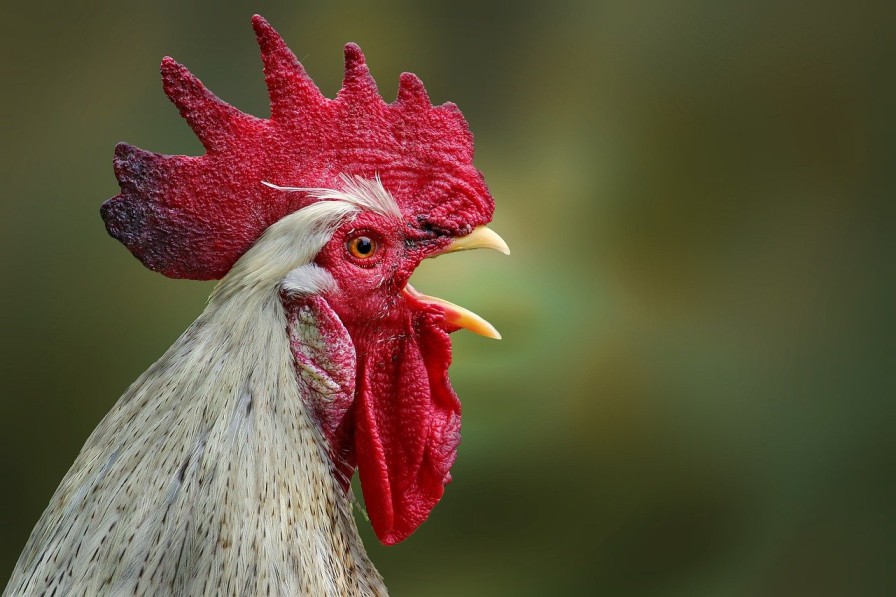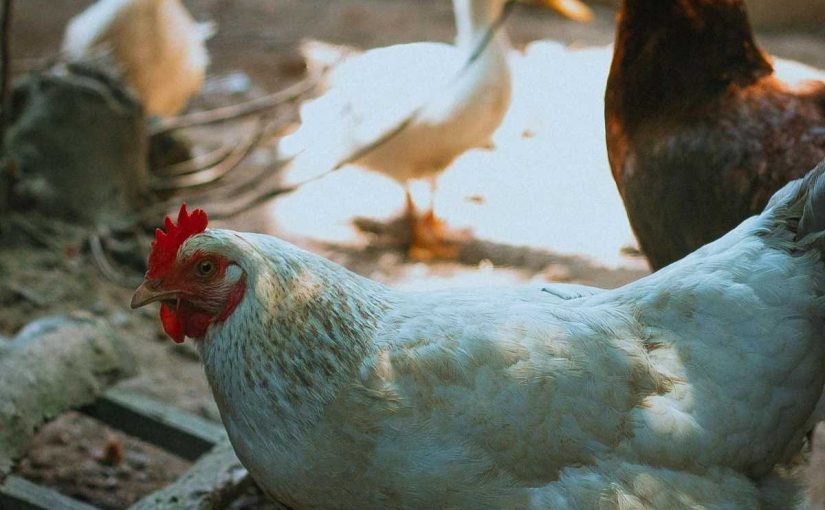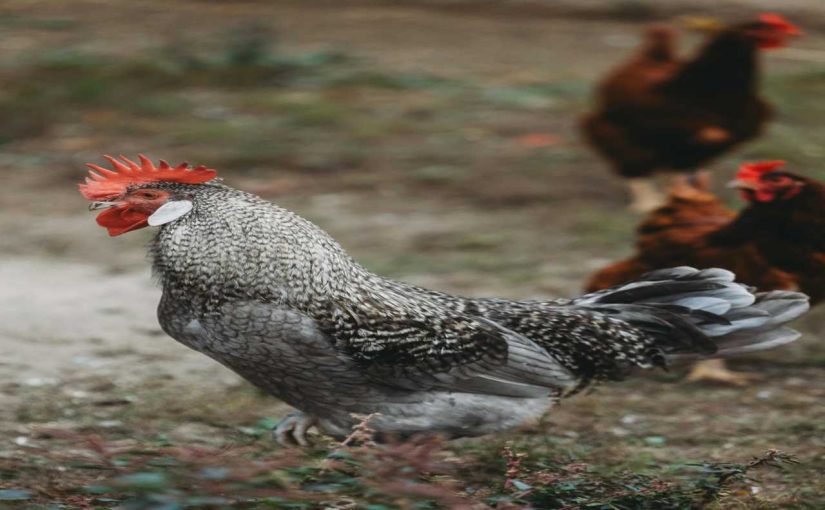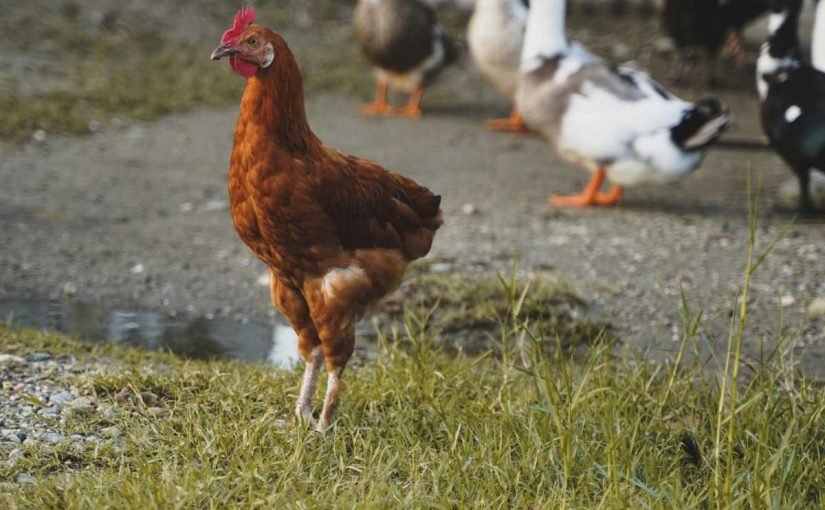Broody hens are an intriguing aspect of chicken behavior that many poultry keepers encounter. Understanding what it means for a hen to be broody, the signs to look for, and how to manage broody hens can enhance your experience in raising chickens. In this blog, we’ll explore the characteristics of broody hens, their nesting behaviors, and how to handle them effectively.
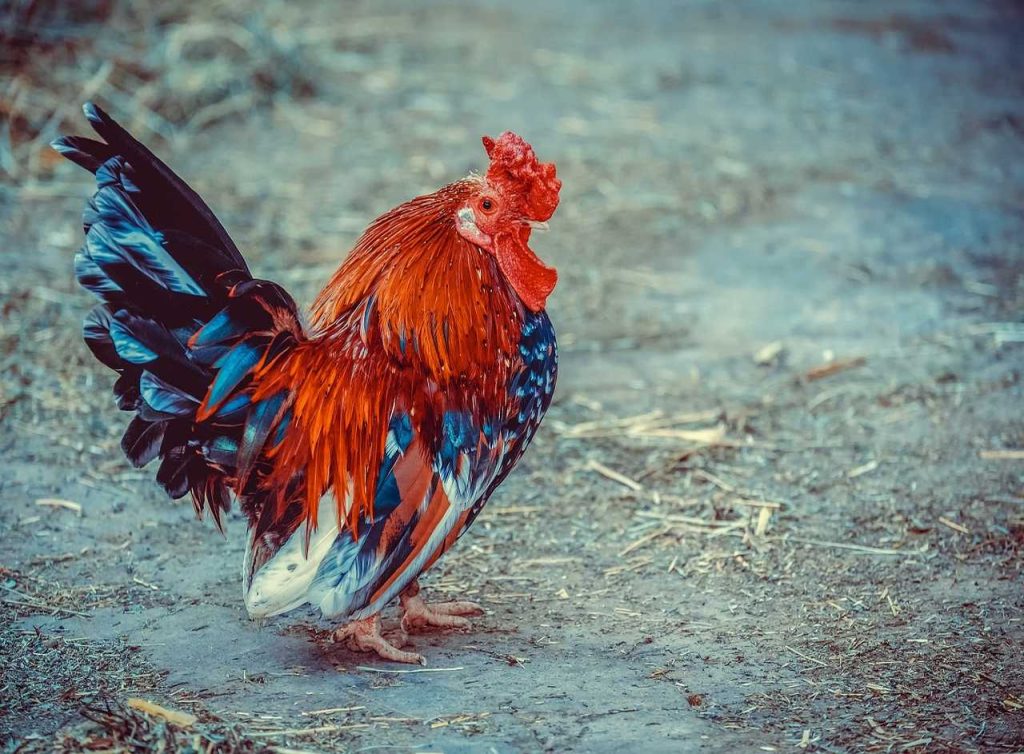
Understanding Broodiness
Broodiness is a natural instinct exhibited by hens to incubate eggs and care for chicks. When a hen becomes broody, she shows a strong desire to sit on eggs, often ignoring food and water in favor of remaining in the nest. This behavior is deeply rooted in the reproductive cycle and can significantly impact flock dynamics.
Why Do Hens Go Broody?
Hens go broody for several reasons:
- Hormonal Changes: After laying a certain number of eggs (typically around 10-12), hormonal changes prompt hens to want to incubate. This instinct is driven by their biological need to reproduce and care for their young.
- Breed Traits: Some breeds are more prone to broodiness than others. Breeds such as Silkie, Cochin, and Sussex are known for their strong broody tendencies, while others, like Leghorns, are less likely to go broody. Understanding your hen’s breed can help you anticipate broodiness.
- Environmental Factors: Seasonal changes, nesting conditions, and the presence of other broody hens can also influence a hen’s desire to brood. For instance, hens may be more likely to brood during warmer months when the conditions are more favorable for raising chicks. Additionally, a flock with multiple broody hens may reinforce this behavior, creating a nurturing environment for chicks.
Identifying Broody Hens
Recognizing the signs of a broody hen is essential for managing your flock effectively. Here are some common behaviors and characteristics:

Signs of a Broody Hen
- Nest Sitting: A broody hen will spend extended periods sitting in her nesting box, often refusing to leave except for brief intervals to eat or drink. She may also act defensively if disturbed.
- Feather Fluffing: When approached, a broody hen may fluff up her feathers, making herself appear larger and more protective of her nest. This behavior serves as a warning to potential intruders.
- Aggressive Behavior: Broody hens can become territorial and aggressive, pecking at other hens or humans that come near their nesting area. This protective instinct is vital for the survival of her potential chicks.
- Vocalizations: A broody hen may emit soft clucking sounds, which are meant to communicate her intent to protect her nest. These vocalizations can also signal distress if she feels threatened.
- Egg Collection: If provided with a choice, a broody hen will gather eggs and settle on them. She may also try to steal eggs from other hens’ nests, showcasing her determination to brood.
Managing Broody Hens
While broodiness is a natural behavior, it can disrupt egg production and affect the dynamics of your flock. Here are some strategies for managing broody hens:
1. Allowing Natural Incubation
If you have fertilized eggs and want to raise chicks, you can let a broody hen continue her instinctual behavior:
- Provide a Safe Nesting Area: Ensure she has a comfortable, quiet space with enough eggs (typically 8-12) to sit on. Use a secure, secluded nesting box lined with straw or hay to create a cozy environment that mimics a natural setting.
- Monitor the Nest: Check regularly to ensure the eggs remain clean and are being turned by the hen. Hens typically turn the eggs themselves, but you can help if necessary, especially if you notice any eggs are being neglected.
- Provide Food and Water: Place food and water near her nesting area to ensure she has access without leaving the nest for extended periods. Providing high-quality feed can also support her health during this demanding period.
2. Breaking Broodiness
If you do not wish to raise chicks or want to manage the hen’s broodiness, consider these methods to break her broodiness:
- Remove Her from the Nest: Gently remove the broody hen from her nesting box several times a day. This may encourage her to return to normal behaviors. Each removal should be accompanied by a gentle, calming approach to minimize stress.
- Use a Broody Breaker: Place her in a well-ventilated area with no nesting materials (like a wire cage) to deter her from sitting. Limit her access to food and water temporarily to break the cycle. This method can take several days, and the aim is to disrupt her desire to nest.
- Provide Distractions: Offer her access to outdoor space where she can engage in foraging and other activities that may distract her from broodiness. Activities like dust bathing or socializing with other hens can help redirect her focus.
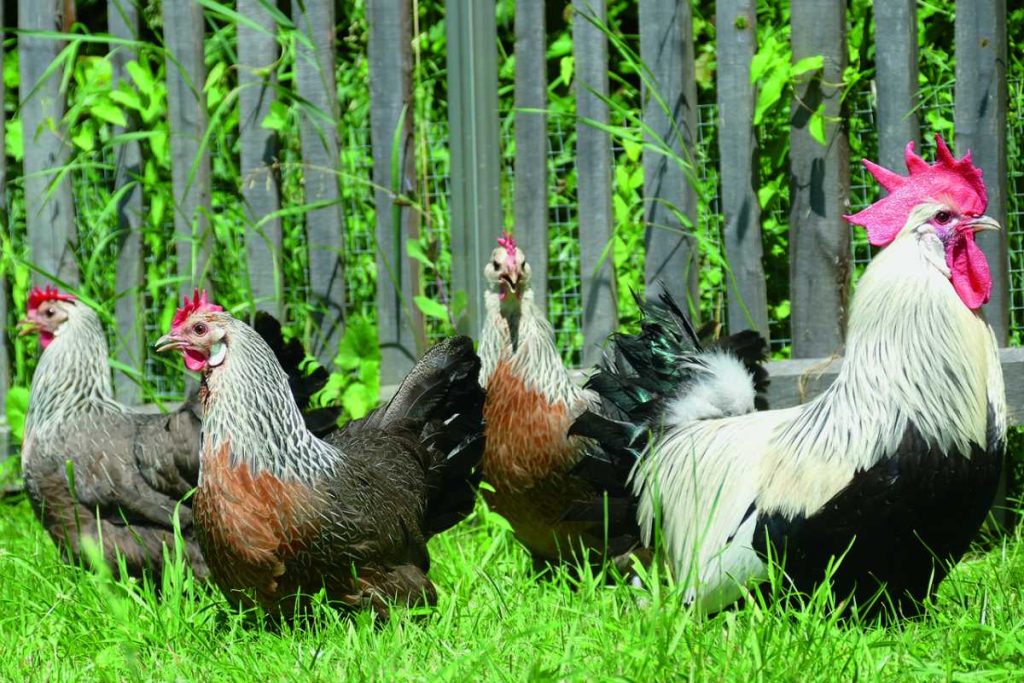
3. Introducing Chicks
If you successfully incubate eggs or purchase chicks, consider the following when introducing them to a broody hen:
- Timing: Introduce chicks when they are a day or two old to increase the likelihood of acceptance. Chicks that are too old may not be accepted and can be seen as threats.
- Supervised Introductions: Monitor the first interactions between the hen and chicks. Broody hens usually accept them, but be prepared to step in if aggression occurs. Keeping a close eye on the hen’s body language can help you intervene if needed.
- Ensure Safety: Provide a secure environment for the chicks, ensuring they cannot escape or be harmed by other flock members. A separate brooder area may be beneficial for the chicks until they are larger and more capable of defending themselves.
Conclusion
Broody hens exhibit a natural and instinctual behavior that is vital for the continuation of their species. Understanding broodiness, recognizing the signs, and managing broody hens effectively can enhance your chicken-keeping experience. Whether you choose to allow a hen to incubate her eggs or prefer to break her broodiness, embracing this aspect of chicken behavior can be both rewarding and educational.
Additional Considerations
- Breeding Practices: If you plan to breed, consider rotating broody hens with non-broody hens to maintain egg production while still having a reliable incubator for hatching.
- Health Monitoring: Regularly monitor the health of your broody hen during her incubation period. Ensure she does not lose excessive weight or show signs of distress.
- Patience and Observation: Broodiness can last anywhere from a few weeks to a couple of months. Patience and careful observation will be key as you navigate this phase of your hen’s life.

